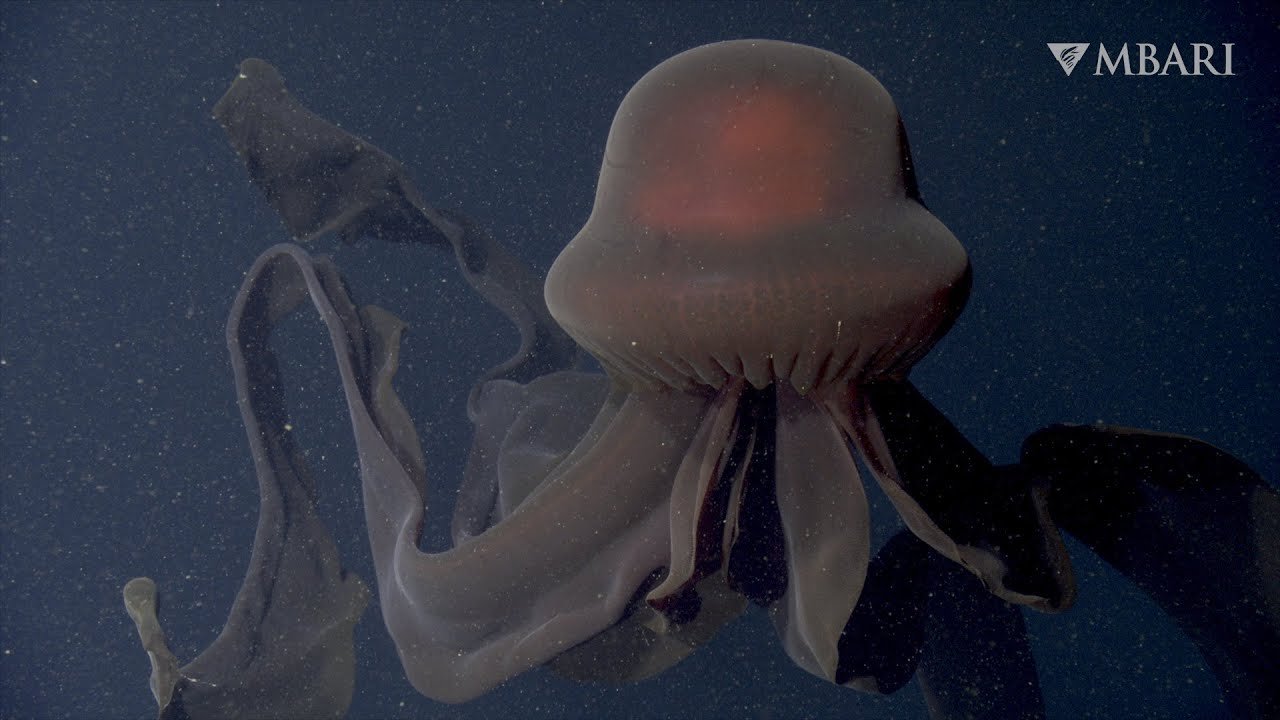In a riveting advancement, marine researchers from the Monterey Bay Aquarium Research Institute (MBARI) have unveiled a remarkable new marine creature that challenges previous understandings of sea life. This discovery marks a pivotal moment for marine biologists as they encounter a species with characteristics quite unlike anything documented before.
The Discovery Process
a new species of nudibranch, was discovered at remarkable depths exceeding 2,200 meters (approximately 7,220 feet) in the bathypelagic zone of the Pacific Ocean. The bathypelagic zone, characterized by its darkness and high-pressure environment, is not typically known for housing nudibranchs, which are usually found closer to the ocean floor in more shallow waters. This discovery was made possible through the use of MBARI’s Remotely Operated Vehicle (ROV), Tiburon, during extensive dives conducted from 2000 to 2021.
The findings signal a significant departure from previous understandings, as nudibranchs are generally known to inhabit the ocean bottom, often in shallower coastal waters. The revelation of this deep-water species adds a layer of intrigue to marine biodiversity and adaptability.
Characteristics of Bathydevius caudactylus
This fascinating creature possesses a distinct physical appearance that sets it apart from its shallow-water brethren. It features a foot akin to that of a sea slug, a large gaping hood, and an enigmatic tail fringed with appendages reminiscent of undulating fingers in the ocean currents. Perhaps most intriguing is its ethereal bioluminescence – with translucent skin that unveils roseate internal organs, this nudibranch provides an exquisite display of light as a defense mechanism. Bioluminescence is a defense mechanism often found in deep-sea creatures, providing an enchanting though practical means of survival.
Upon an encounter with the ROV, the Bathydevius caudactylus was observed to emit a captivating bioluminescent glow. In one remarkable instance, a tendril on its tail emitted a steady glow while rotating before detaching – a strategy akin to a lizard shedding its tail to deter predators.
Significance of the Discovery
The uncovering of Bathydevius caudactylus is a testament to the exceptional diversity and resilience of life forms in the deep ocean. This discovery not only enriches our understanding of nudibranch diversity but also underscores the complex ecosystems thriving in extreme marine environments. These insights are invaluable, as they pave the way for further scientific inquiry into the evolutionary adaptations that empower marine life to thrive under such formidable conditions.
Research Details
Throughout the span of their research excursions, scientists encountered 157 individual specimens of this extraordinary creature, focusing on 32 in detail for further study. Subsequent genome analyses validated that Bathydevius caudactylus is indeed a nudibranch, but one that exhibits significant deviations from all previously known species within the same classification.
The discovery stirred excitement amongst the research team, as noted by Bruce Robison, MBARI Marine Scientist, who expressed his surprise at finding a nudibranch so deep in the water column and distant from the ocean floor. “When we first filmed it glowing with the ROV, everyone in the control room let out a loud ‘Oooooh!’ at the same time,” Robison recounted, emphasizing the wonder and enchantment that accompanied this groundbreaking revelation.
Expanding Frontiers and Implications
This discovery not only broadens the scope of marine biodiversity insights but also opens up new avenues for further exploration and research. As marine researchers continue to delve into the mysteries of deep-sea life, novel adaptations and ecosystems are expected to come to light, further enriching our understanding of the planet’s least explored frontiers.
Simultaneously, the findings highlight the critical necessity for conservation efforts aimed at preserving these unique yet fragile ecosystems. As we move forward, prioritizing the protection of deep-sea habitats becomes ever more important to safeguard the diversity and complexity of ocean life.
To stay updated on similar insight-rich discoveries and the latest in marine exploration news, I invite you to read more on Frozen Leaves News, where my blog routinely explores these intriguing narratives of science and innovation.
Source: [Monterey Bay Aquarium Research Institute]
(Note: Link provided follows a no-follow policy)
—






